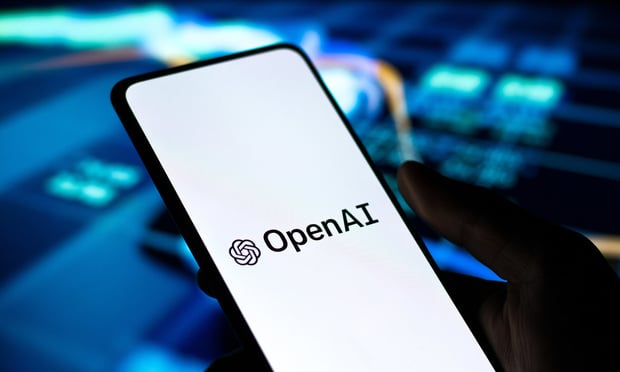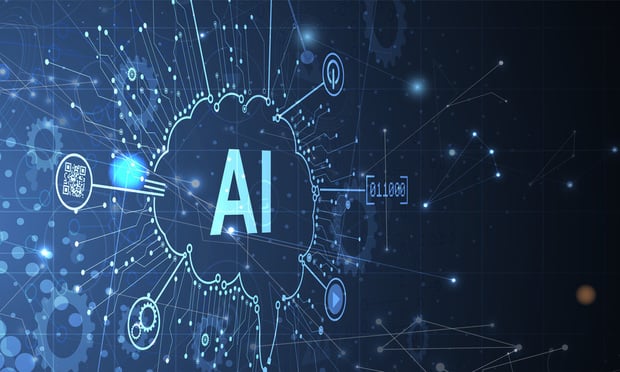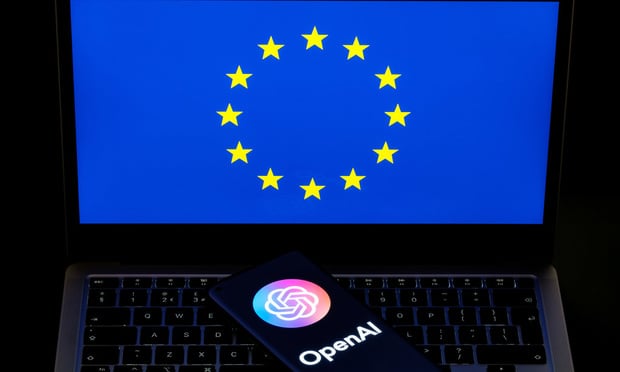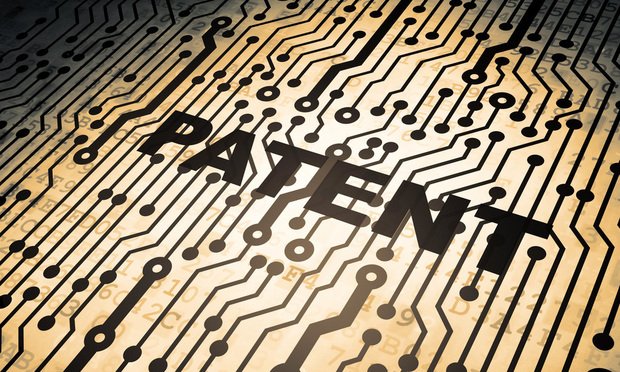Features

How New York Times' Lawsuit Over AI Software Copying Differs From Prior Copyright Complaints
The New York Times' copyright infringement lawsuit against OpenAI and Microsoft is said to be AI's "Napster Moment." But observers are torn about the case's legal merits, citing differing views around how exactly AI "Large Language Models" are trained.
Features

All the News That's Fit to Pinch: NYT v. OpenAI Could Be Most Troublesome of AI Copyright Cases
The emerging cases by authors and copyright owners challenging various generative AI programs for using copyrighted materials are certain to create new troubles for the courts being asked to apply the fair use doctrine to this important new technology.
Features

SEC Chief Warns Against 'AI Washing'
Artificial intelligence could drive greater efficiency and lower costs in the finance sector but U.S. Securities and Exchange Commission Chair Gary Gensler warned last month about companies potentially making false claims about using the technology, a nefarious practice known as "AI washing."
Features

The EU AI Act Will Transform Practices for AI Governance In the U.S.
The EU AI Act solidifies one of the world's first comprehensive attempts to bring governance to unlock innovation in AI. U.S. companies have asked, what exactly does this development mean for their businesses?
Features

What Does 2024 Hold for Cybersecurity?
Our annual poll of experts on the trends and developments to watch out for in 2024 in AI, data privacy, cybersecurity, e-discovery and more.
Features

What You Don't Measure You Can't Improve: AI from the View of an Applied Scientist
We caught up with an actual, real-life scientist, Jeremy Pickens, Head of Applied Science at Redgrave Data, for a Q&A that ran the gamut from a history of AI, to how one becomes a data scientist, the difference between AI in consumer industry and legal, what we can expect from AI in 2024, LLMs on acid, and more.
Features

A Scoreboard of Notable Cases In AI and Copyright
Artificial intelligence has dominated intellectual property news since the public introduction of OpenAI's ChatGPT, the generative AI chatbot, in November 2022. Now, 2024 starts off with court decisions and procedural rulings having taken shape in 2023 lawsuits that were filed over the collision of creative content with generative AI programs.
Features

GPT-4 and E-Discovery: Sidley Puts It to the Test
A quantifiable look at whether GPT-4 is likely to live up to these expectations in the legal context and, more specifically, as it relates to document review in e-discovery.
Features

Can Artificial Intelligence Patents Survive Alice?
Part One of a Two-Part Article Under the current Alice framework, those attempting to patent AI innovations face an uphill battle. But, as the caselaw demonstrates, inventors and patent drafters can take steps to reduce the risk of AI patent claims being invalidated as abstract ideas.
Features

Keeping Track of Developments in Cases That Pit Creative Content Against AI Programs
2024 starts off with court decisions and procedural rulings that took shape in 2023 in lawsuits that were filed over the collision of creative content with generative AI programs. Most of the complaints allege copyright infringement and related claims prompted by the unlicensed copyright works that AI companies input into their AI programs.
Need Help?
- Prefer an IP authenticated environment? Request a transition or call 800-756-8993.
- Need other assistance? email Customer Service or call 1-877-256-2472.
MOST POPULAR STORIES
- The DOJ's New Parameters for Evaluating Corporate Compliance ProgramsThe parameters set forth in the DOJ's memorandum have implications not only for the government's evaluation of compliance programs in the context of criminal charging decisions, but also for how defense counsel structure their conference-room advocacy seeking declinations or lesser sanctions in both criminal and civil investigations.Read More ›
- Use of Deferred Prosecution Agreements In White Collar InvestigationsThis article discusses the practical and policy reasons for the use of DPAs and NPAs in white-collar criminal investigations, and considers the NDAA's new reporting provision and its relationship with other efforts to enhance transparency in DOJ decision-making.Read More ›
- Bankruptcy Sales: Finding a Diamond In the RoughThere is no efficient market for the sale of bankruptcy assets. Inefficient markets yield a transactional drag, potentially dampening the ability of debtors and trustees to maximize value for creditors. This article identifies ways in which investors may more easily discover bankruptcy asset sales.Read More ›
- The DOJ's Corporate Enforcement Policy: One Year LaterThe DOJ's Criminal Division issued three declinations since the issuance of the revised CEP a year ago. Review of these cases gives insight into DOJ's implementation of the new policy in practice.Read More ›
- Restrictive Covenants Meet the Telecommunications Act of 1996Congress enacted the Telecommunications Act of 1996 to encourage development of telecommunications technologies, and in particular, to facilitate growth of the wireless telephone industry. The statute's provisions on pre-emption of state and local regulation have been frequently litigated. Last month, however, the Court of Appeals, in <i>Chambers v. Old Stone Hill Road Associates (see infra<i>, p. 7) faced an issue of first impression: Can neighboring landowners invoke private restrictive covenants to prevent construction of a cellular telephone tower? The court upheld the restrictive covenants, recognizing that the federal statute was designed to reduce state and local regulation of cell phone facilities, not to alter rights created by private agreement.Read More ›
